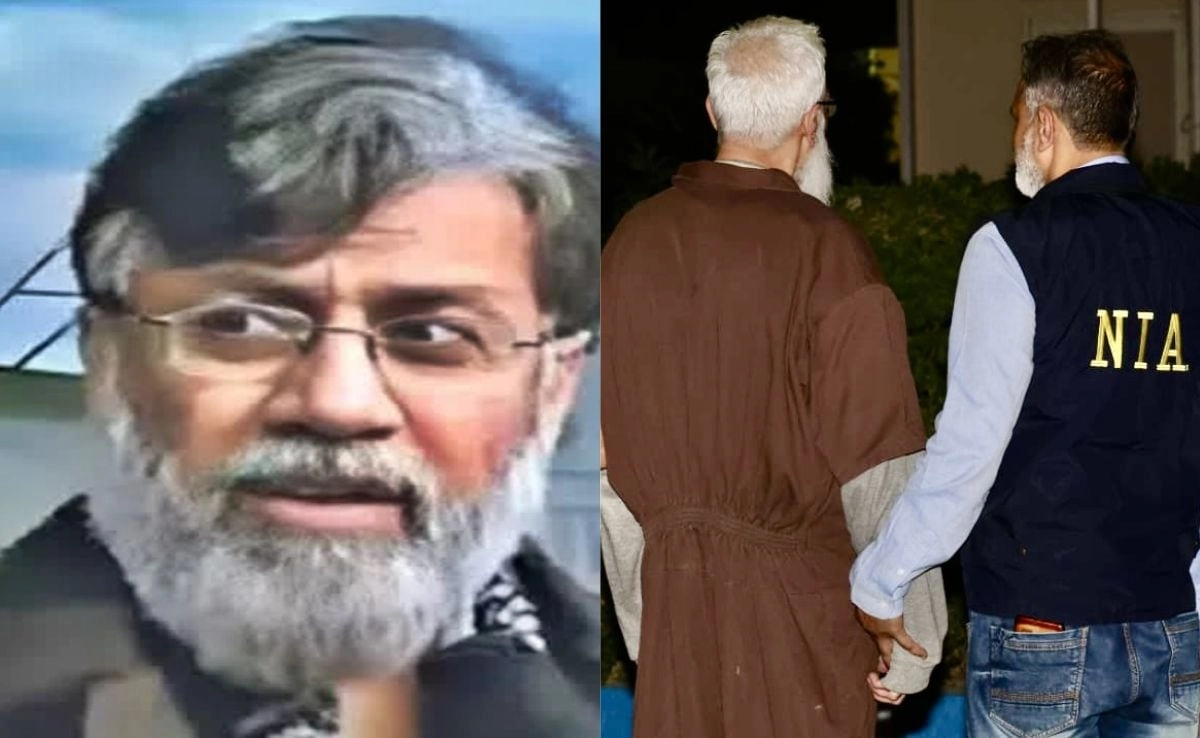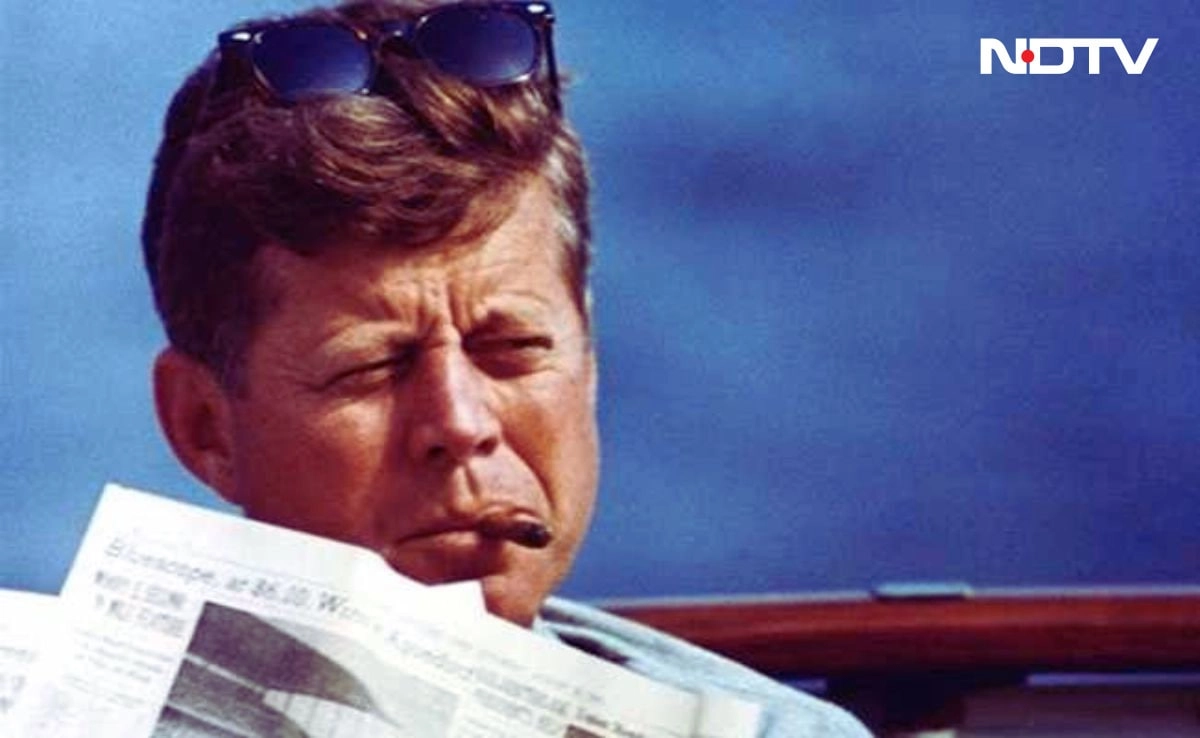Tahawwur Rana, a figure of interest in various investigations, is likely to face a series of probing questions during his interrogation. Law enforcement agencies will focus on his connections to known terrorist organizations, particularly his alleged ties to the Mumbai attacks of 2008. Key questions may center around his knowledge of the planning and execution of the attacks, as well as his role in facilitating the operations of these groups. Investigators will likely seek to uncover details about other individuals involved, their methodologies, and any financial transactions that may have enabled such activities.
Furthermore, Rana may be asked about his travel history, including trips to regions known for terrorist activity. This line of questioning aims to establish patterns that could reveal further connections to extremist networks. Investigators might also delve into his personal relationships, attempting to discern whether any acquaintances or associates might pose a threat or have been involved in similar activities. Rana’s responses could provide critical insights into the operational structures of these groups, enabling officials to disrupt future plots.
In addition to his direct involvement, authorities will likely be interested in Rana’s ideological motivations—seeking to understand what drove him to associate with such dangerous entities. Questions in this area may include inquiries about his beliefs, recruitment processes, and any radicalization experiences he may have undergone. The goal is to ascertain not just his past actions but also the broader implications of his worldview and how it aligns with the activities of the organizations he is connected to.
Ultimately, the interrogation of Tahawwur Rana will serve as a crucial step in gathering intelligence on terrorist networks, their operational methodologies, and the individuals who comprise them. Each question posed will aim to build a clearer picture of the extent of his involvement and the potential threats that may still exist. The responses he provides could lead to significant breakthroughs in understanding and preventing future acts of violence.




